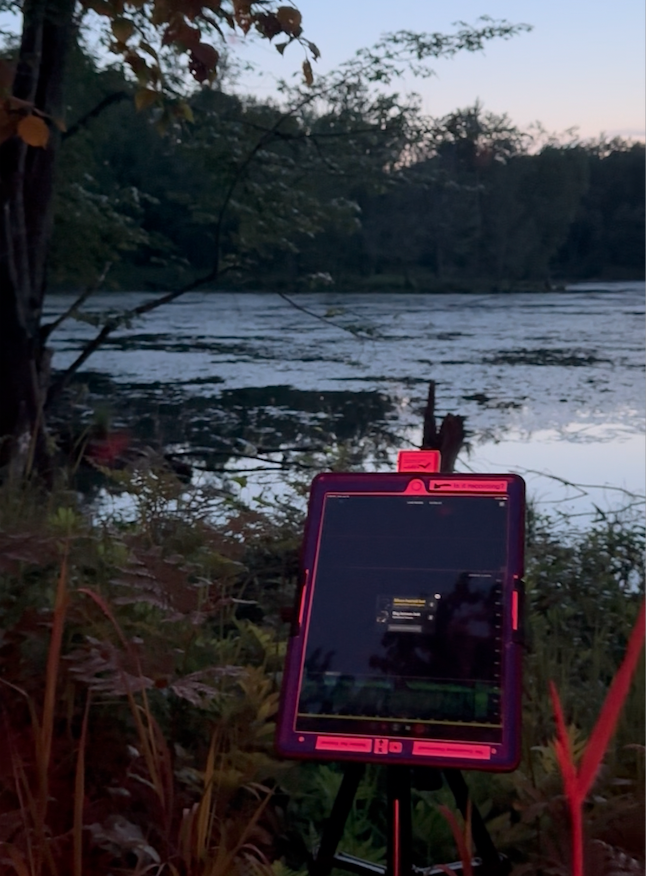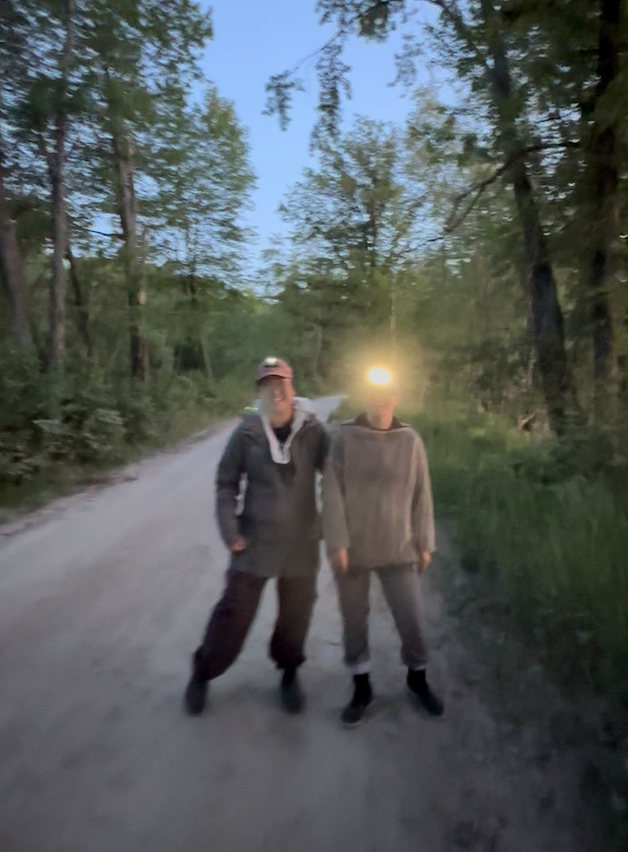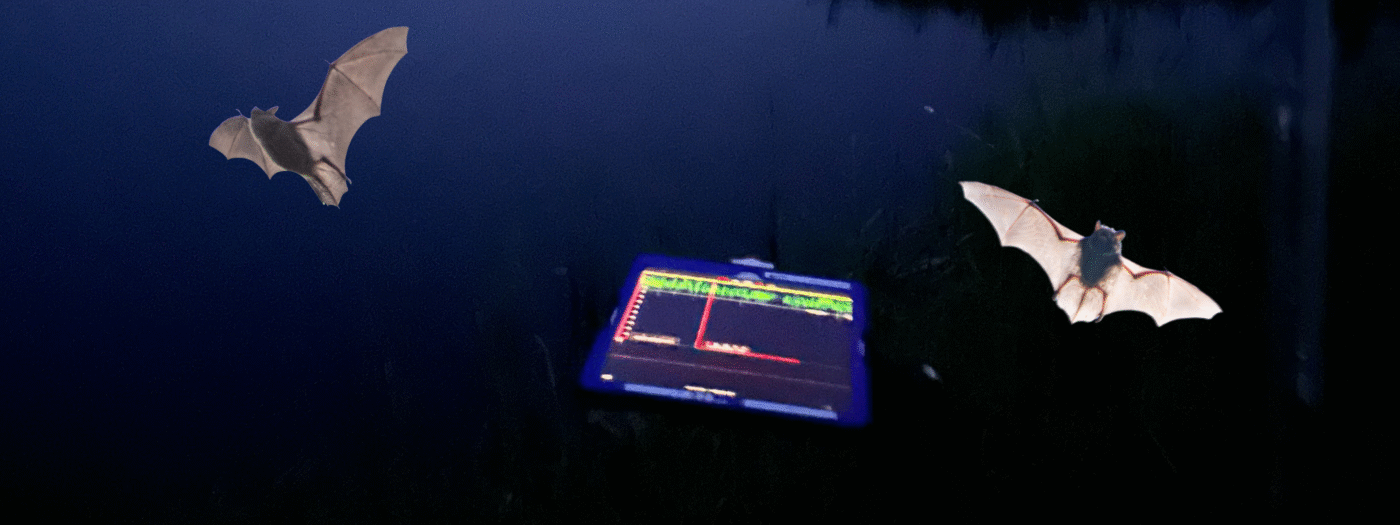As the sun sets, bats begin their night shift — emerging silently to hunt insects and play a vital role in healthy ecosystems. In Ontario, these quiet mammals are key to controlling insect populations, supporting agriculture, and acting as indicators of environmental change. Yet seven out of the eight native bat species are now listed, or assessed, as Endangered.
Why Bats Are Declining
Bats in Ontario face several serious threats:
Climate change disrupts hibernation cycles and seasonal behavior.
White-nose syndrome, a fungal disease, has caused population declines of over 90% in some species.
Habitat loss from development, land use changes, and industrialization of agriculture reduces roosting, foraging, and hibernation areas.
Pesticides reduce insect availability — their main food source.
What Is Bat Monitoring?
Bat monitoring is a non-invasive way to track bat activity and species presence. At the Couchiching Conservancy, trained volunteers walk a set route across our reserves and easements, stopping at stations for 15 minutes each to record bat calls.
Using an ultrasonic microphone and app, they detect high-frequency echolocation calls — allowing us to identify species and monitor activity over time. This data helps us understand where bats are thriving and where they may be disappearing.
Why Community Science is Key
This work wouldn’t be possible without volunteers. Community science fills important data gaps and builds stronger ties between people and conservation. Volunteers help us gather consistent, long-term data while deepening their own connection to the land and wildlife.


Why It Matters
Because bats are highly sensitive to environmental changes, shifts in their activity can signal larger ecological issues. Monitoring helps us identify trends, protect important habitats, and raise awareness for a group of species that’s too often overlooked.
A single night of monitoring may not seem like much — but it adds to a growing body of data that helps shape real conservation action.
The bat monitoring program has helped use better understand the general distribution of bat species in our region, with the highest diversity of species (~7 species) found along the southern edge of the Canadian shield.
How You Can Help
Whether you’re a bat enthusiast, a nature lover, or just curious, there are lots of ways to get involved:
- Volunteer: No experience needed — we’ll train you!
- Support conservation efforts: Donations help us maintain monitoring equipment, protect bat habitats, and run outreach programs.
- Reduce your own impact: Turn off outdoor lights at night, leave dead trees standing when safe (they’re prime bat roosts!), and avoid disturbing caves or roosting sites.
- Stay curious: The more people learn about bats, the more we can shift the narrative from fear to fascination.
Want to get involved? Sign up for our volunteer newsletter or monthly updates to stay connected.
Article by:
Jocelyn Trudell- Engagement Organizer at The Couchiching Conservancy

